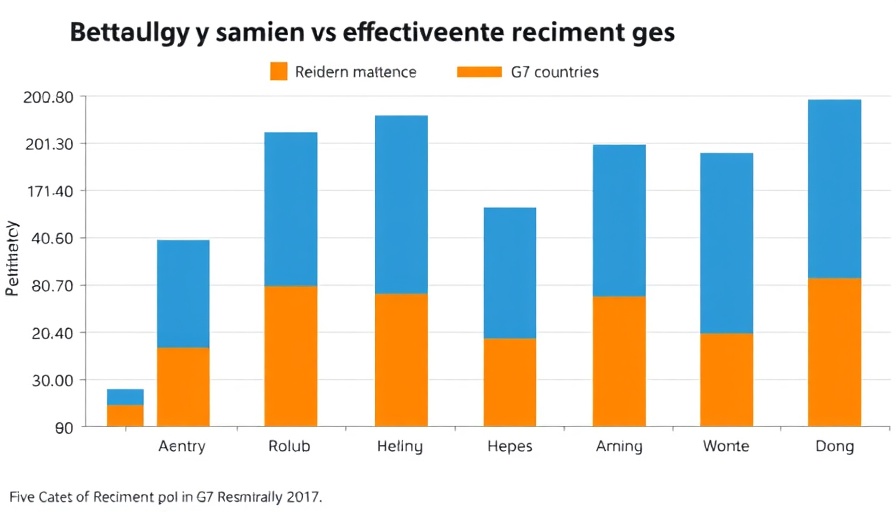
AI Adoption Among Gen Z: A Shift in Workforce Dynamics
A new survey reveals a striking generational divide in the perception of artificial intelligence (AI) within the workplace. Nearly half (49%) of Generation Z employees, often touted as tech-savvy pioneers, feel their bosses fail to appreciate the advantages AI can bring to their roles. Conducted by UKG, this survey highlights the sentiments of over 1,100 U.S. workers, emphasizing not only Gen Z’s enthusiasm for AI but also the substantial gap between their understanding and that of older leadership.
The Time-Saving Power of AI
According to UKG's findings, an overwhelming 90% of Gen Z workers believe that AI will help save them time, allowing them to focus on more significant tasks that demand creativity and human insight. This level of self-directed learning about AI tools—reported by 70% of those surveyed—indicates a trend where younger employees are not waiting for formal training but are actively seeking out ways to enhance their skills in this area. This proactive approach dovetails with the growing need for workforce optimization in today’s fast-paced business environment.
Bridging the Gap: Leadership's Role in AI Integration
If organizations are to harness the full potential of AI, leadership must engage with and support this emerging generation. Many leaders still view AI as a potential threat to job security rather than an ally in talent management. The report from Kyndryl, noted that a significant number of CEOs recognize resistance among employees towards AI integration. A proactive approach in leadership development—one that promotes a people-first philosophy—can transform this view, nurturing a high-performance culture where AI is seen as a beneficial tool for both employees and management.
Actionable Insights for HR Leaders
The disconnect between Gen Z employees and their leaders presents a prime opportunity for organizations to revisit their workforce strategies. HR leaders should prioritize training programs that facilitate understanding and comfort with AI tools across all generations. Implementing succession planning that includes AI competency can foster a culture of innovation and continuous learning. Taking steps to bridge this gap not only boosts employee engagement but also strengthens organizational health, enhancing employee performance and retention strategies.
Final Thoughts: Embracing the AI Future
Organizations must view AI not as a replacement for human capability but as a means to augment it. The future of work hinges on the collaboration between technology and team members, benefiting from a context of mutual appreciation. By investing in tools that empower employees and incorporating AI into the fabric of the workplace, companies can create a dynamic that champions growth and innovation.
 Add Row
Add Row  Add
Add 




Write A Comment